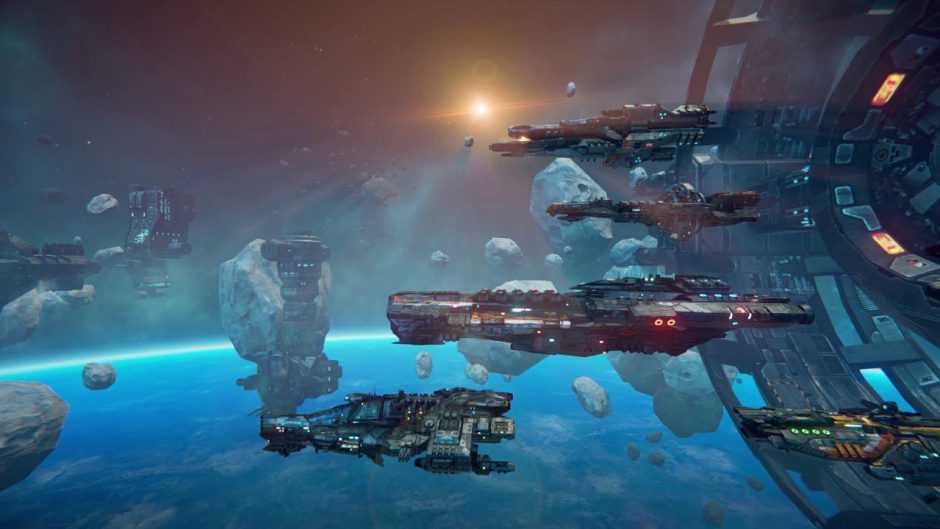
Eliot’s “heap of broken images” as he calls it in “The Wasteland.” Hence also the new impetus behind such artistic and philosophical movements as absurdism and nihilism. They had come to believe that the universe was, in Lewis’s term, “Saturnocentric.” Hence the modernist tendency to focus on chaos and disorder, T. Having endured the horrors of the Great War, some of his contemporaries had adopted a fixed attitude of pessimism and cynicism. Lewis remarked that his own generation had been “born under Saturn,” doomed to experience an especially bleak period in history. The very word “disaster” means “bad star,” and Saturn was the most malignant of the wandering stars. The worst planet was Saturn, sponsor of death, destruction, darkness, and disaster. The best planet, according to medieval thought, was Jupiter, responsible for “heartsease” and prosperity, bringing about festivity and magnanimity in peaceable kingdoms. He described the planets as “spiritual symbols of permanent value” and wrote about them extensively.

While we might consider this cosmological model entirely outdated, Lewis found some continuing importance in it. In the Middle Ages, it was believed that Earth was stationary, surrounded by seven concentric “heavens,” each with its own planet which in turn had particular influences on Earth, affecting people and events in various ways. Lewis had a lifelong interest in medieval cosmology. Something is also being unveiled – the literal meaning of “apocalypse” – as Narnia reaches its rendezvous with death: an apocalyptic conflict between Jupiter and Saturn. And yet the story is not simply about destruction. And Lewis dares to do something not usually associated with children’s literature: he kills off every single character with whom the story opens. It applies also to The Last Battle, the final volume of seven in his Chronicles of Narnia: the beautiful land of Narnia is reduced to a frozen waste, the moon turns to blood, the stars fall from the sky. , the horribly smashed men still moving like half-crushed beetles, the sitting or standing corpses, the landscape of sheer earth without a blade of grass.” He did not use the word apocalypse to describe what he had witnessed, but in its sense of “utter, world-ending destruction” it applies aptly to his experience. Lewis saw active duty in the trenches of France as a teenaged lieutenant in the British army.

Poem: “Sonnet Addressed to George Oppen, Arlington National Cemetery”.The Apocalyptic Visions of Wassily Kandinsky.

Shakespeare ducks and weaves around the historical facts, creating a compelling narrative which is as relevant as it ever was if you consider those who live in war torn regions today. The plot of Shakespeare’s double tetralogy loosely follows the historical events that occurred during the English civil wars between the houses of Lancaster and York, rival branches of the royal house of Plantagenet. Director and adaptor Damien Ryan has condensed Shakespeare’s English history cycle into approximately seven hours of gripping theatre: if you catch both productions (which you can do in a single day) you will see scenes from Richard II, Henry IV parts 1 and 2, Henry V, Henry VI parts 1, 2 and 3, and Richard III. Sport For Jove’s Rose Riot consists of two shows: The Hollow Crown and The War of the Roses.


 0 kommentar(er)
0 kommentar(er)
